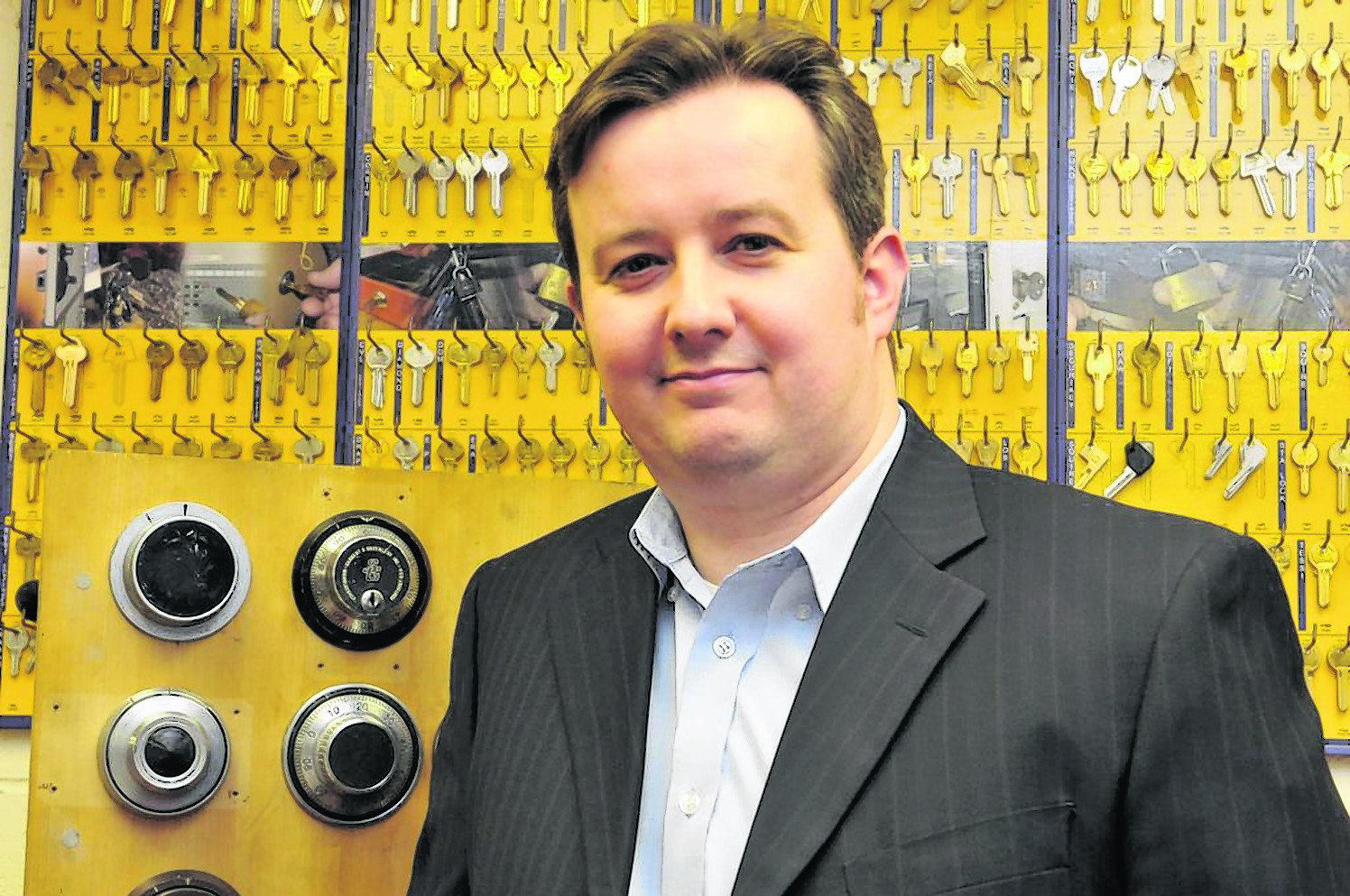As spring fast approaches, so too does the most popular time of year for moving home – the hustle and bustle of Christmas and New Year has died down, the weather is improving and most are yet to go away for their holidays.
Here, Dr Steffan George, development director of The Master Locksmiths Association, provides advice on ensuring your new home is secure right from the start.
“Statistics show that over half of people who move house don’t change the locks, despite the risk that previous residents could still be in possession of your keys. Through copying, previous occupiers could still have access to your home. Subsequently, changing the locks should be your first priority after moving in, mitigating the safety and security threat to your property.
“Another option we often suggest for increased security is a patented lock system. Patented keys carry legal protection which prevents them from being copied without proof of ownership, providing the owner with peace of mind. Restricted lock systems are also unlikely to be copied; owing to their unusual design and unique mechanical features.
“Initial investment in patented or restricted locking systems tends to be higher than ‘off-the-shelf’ locks. However, as long as you have the original key, together with any official copies, this negates the risk of additional key sets circulating – something that could potentially save money, if the lock is re-configured rather than replaced.
“Meanwhile, you may also want to consider undertaking a security assessment of your new property, ensuring that it’s safely secured from the day you move in. This involves inspecting the exterior of your property for any damage to doors or windows – checking that all locks and any fitted security alarms are working correctly – and regularly updating your alarm code.
“If you decide to take additional security measures – fitting systems such as external motion sensor lighting and indoor light timers that give the impression someone is inside – make sure that they are of high quality. Making these initial considerations, could save you a significant amount of financial heartache in the long-term.”
